The Dawn of Warfare and Human Ingenuity
Imagine early humans, thousands of years ago, facing the harsh realities of survival. With no tools but their bare hands, they relied on sharpened stones and sticks to hunt and protect themselves. These simple tools marked the beginning of humanity’s journey into warfare. Survival instincts drove innovation, and soon, weapons became a cornerstone of civilization. The evolution of weapons not only shaped ancient societies but also laid the foundation for modern military strategies.
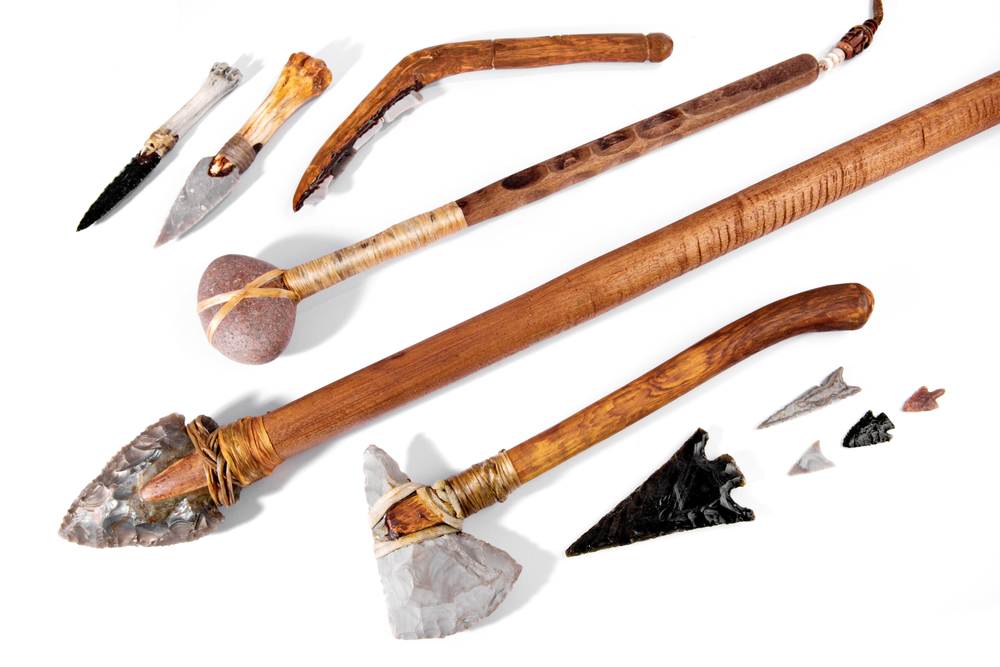
Credit: Discover Magazine
From Stones to Spears: The Early Beginnings of Weaponry
The first weapons were as basic as they were effective. Sharpened stones, wooden clubs, and rudimentary spears were the tools of choice. These early innovations weren’t just for hunting; they were symbols of human adaptability. Over time, these weapons became more refined, paving the way for the Bronze Age. The transition from simple tools to more advanced weaponry was a turning point in human history, setting the stage for organized conflict.
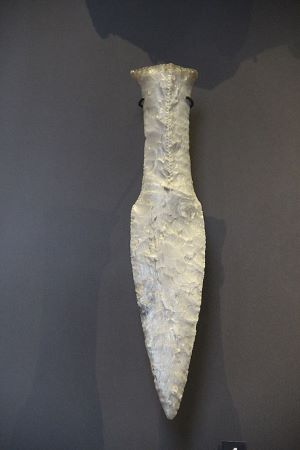
Credit: Study.com
The Bronze Age Revolution: Metallurgy Changes Warfare
The discovery of metallurgy was a game-changer. Bronze swords, spears, and shields emerged, offering durability and deadliness in battle. Armies equipped with bronze weapons gained a significant advantage over their enemies. This era marked the rise of organized armies and the need for better defense mechanisms. The Bronze Age was not just about weapons; it was about the birth of strategic warfare.
The Iron Age: Forging a New Era of Combat
As the Bronze Age gave way to the Iron Age, weapons became even stronger. Iron swords, with their unmatched strength, became the dominant weapon of choice. This era saw the rise of skilled warriors and specialized combat techniques. The Iron Age was a time of innovation, with weapons becoming more lethal and warfare more complex. The legacy of these advancements can still be seen in modern military technology.
Projectile Weapons: Changing the Battlefield
The introduction of bows, arrows, and slings revolutionized warfare. These ranged weapons allowed soldiers to attack from a distance, altering the dynamics of combat. Mastery of projectile weapons became a key factor in military success. The ability to strike from afar gave armies a tactical edge, influencing the development of new strategies and formations.
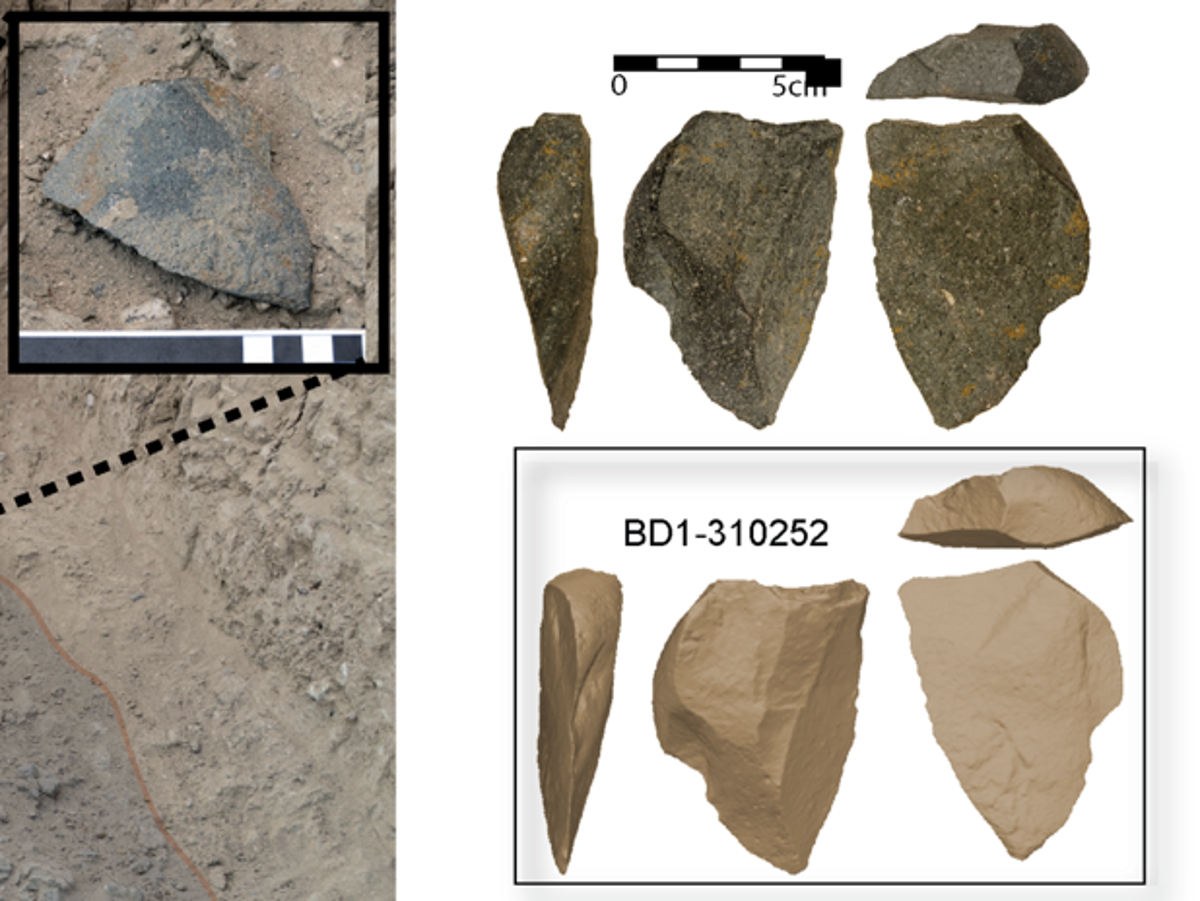
Credit: Independent
Military Technology and Tactics: The Impact on Warfare
Advancements in weaponry led to significant changes in military tactics. War chariots, catapults, and eventually gunpowder weapons transformed the battlefield. These innovations required armies to adapt, leading to the development of organized military structures and complex strategies. The evolution of weapons and tactics in ancient warfare laid the groundwork for modern military practices.
The Legacy of Ancient Weapons in Modern Warfare
From sharpened stones to iron swords, the journey of weapon evolution is a testament to human ingenuity. The lessons learned from ancient warfare continue to influence modern military strategies. The innovations of the past have shaped the technologies of today, reminding us that the roots of modern warfare lie in the ancient world.
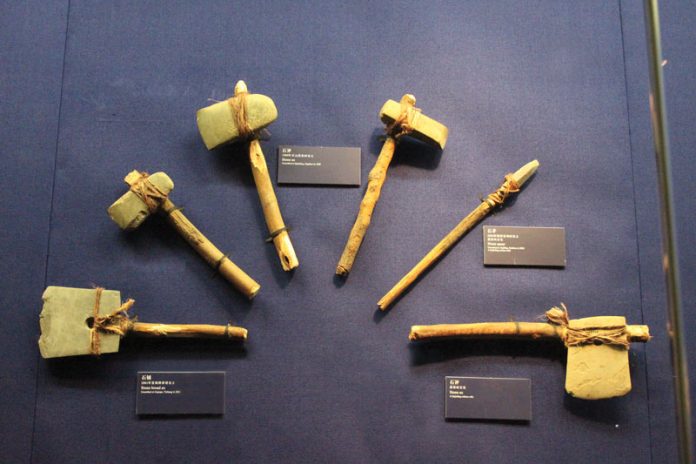
Credit: Rock & Gem Magazine
References
- From Stone Tools to Guns: A Timeline of Ancient Weapons
- Humans Mastered Advanced Weapon-Making Technique 77,000 Years Ago
- Prehistoric humans invented stone tools multiple times
- Stone Age Weapons
- Ancient Artifacts: Rocks as Weapons
References:
From Stone Tools to Guns: A Timeline of Ancient Weapons – link
Humans Mastered Advanced Weapon-Making Technique 77,000 Years Ago – link
Prehistoric humans invented stone tools multiple times – link
Stone Age Weapons – link
Ancient Artifacts: Rocks as Weapons – link
Categories: Ancient Warfare, Military History, War History, Weapons Technology
Tags: Ancient Warfare, Bronze Age, Iron Age, Metallurgy in Warfare, Military History, Ranged Weapons, Weapons Technology
Country of Origin: World
Topic: The Evolution of Weapons in Ancient Warfare

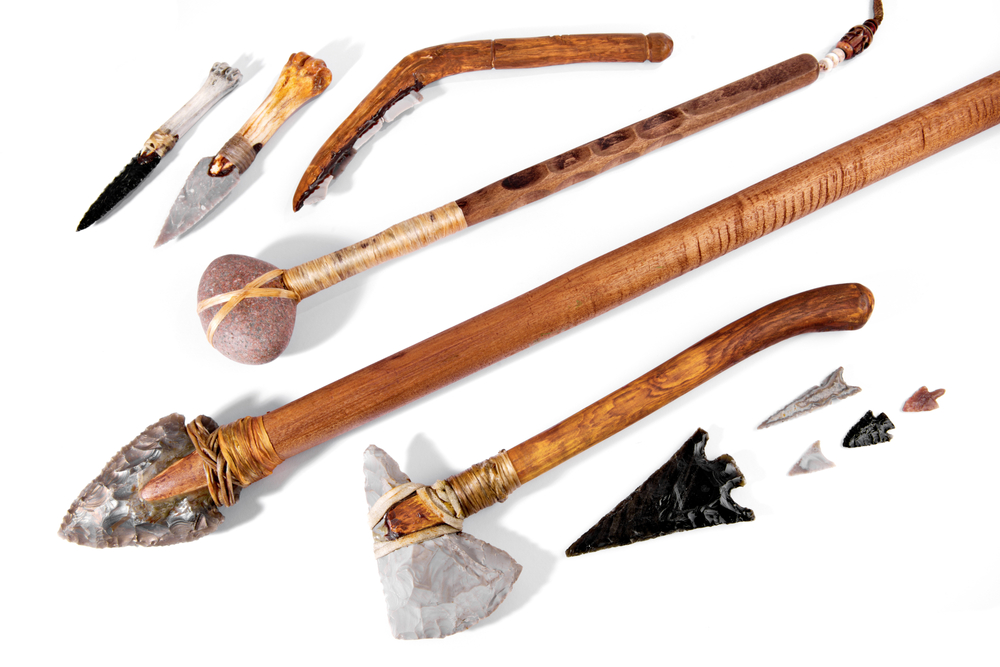

Your point of view caught my eye and was very interesting. Thanks. I have a question for you.
Can you be more specific about the content of your article? After reading it, I still have some doubts. Hope you can help me.
Reading your article helped me a lot and I agree with you. But I still have some doubts, can you clarify for me? I’ll keep an eye out for your answers.